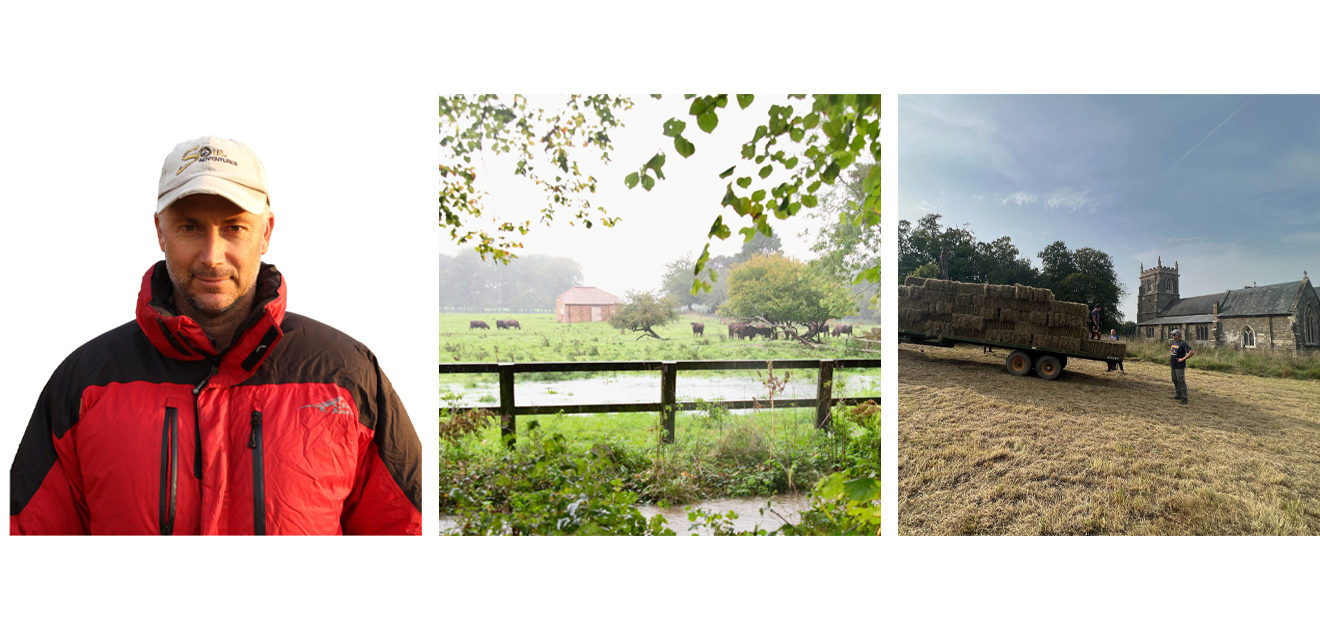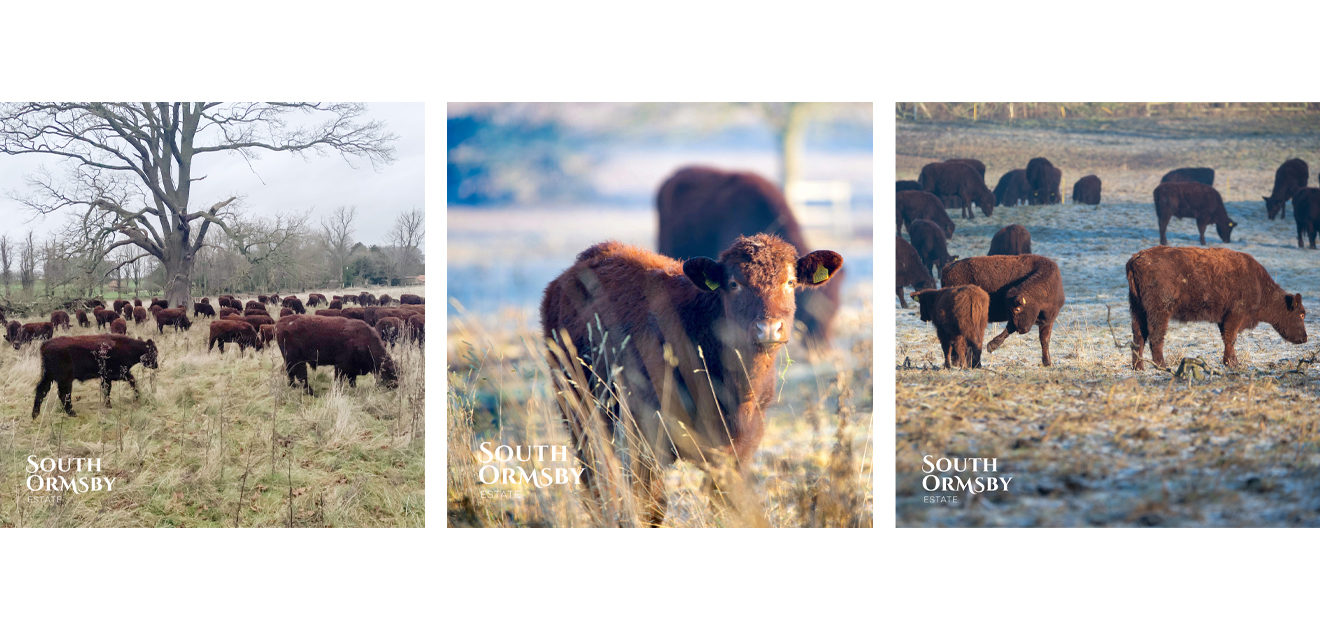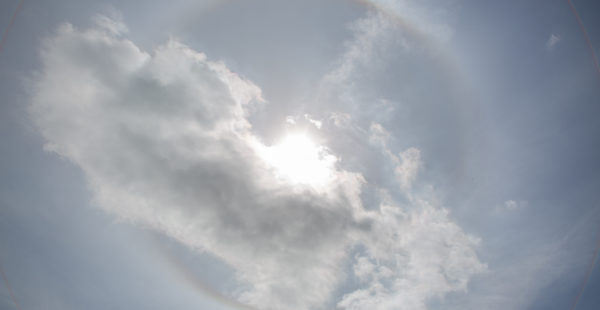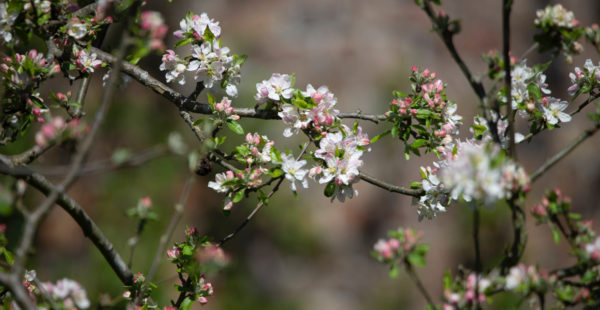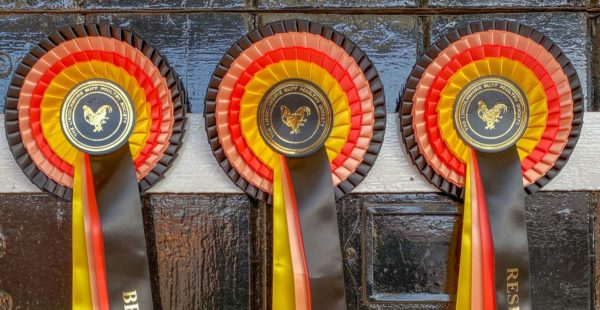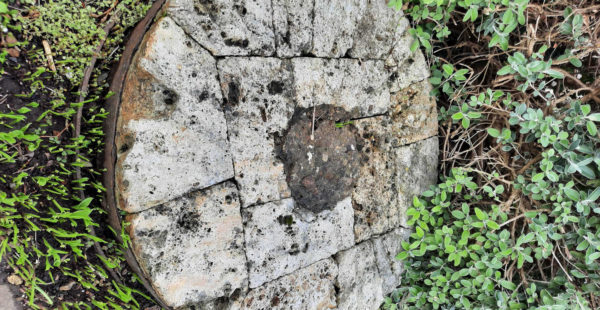Preparing the Herd for Winter: a Catch Up with Darren
Meteorological winter is almost upon us and our region has had more than its share of wet and wild weather. Storm Babet made mischief last week and at the time of writing we’re bracing ourselves for the dregs of Storm Ciaran. With our thriving herd of rare, native-breed Lincoln Red cattle about to spend their second winter out on the land, we caught up with Herd Manager Darren MacDonald.
“My stress levels are a lot lower now than when I started in the summer,” said Darren. “I understand local farming practices, I understand the layout and I’m getting into a routine. The team are used to me and vice versa. Working with the guys has created a nice team spirit. I’m very hands-on as I don’t expect them to do anything I’m not prepared to do myself. It was the same when I led mountaineering trips.
“Right now, I’m out in the rain weighing steers to make sure they’re where they should be in terms of calories and nutrition. I’m just back from a trip home to South Africa and I really miss the sun. Before I went was the longest I’d ever been without decent sunshine. The clocks changing confused the hell out of me too. Waking up to different light levels on consecutive days is strange.
“The upside here is the greenness. British countryside is so lush and I love the greenery, woodland and small country lanes. It’s very different. I got back last week when Storm Babet was on and the fields were all waterlogged. In South Africa, weather like this would be a real novelty and we’d be inside with a glass of sherry and a roaring fire.

